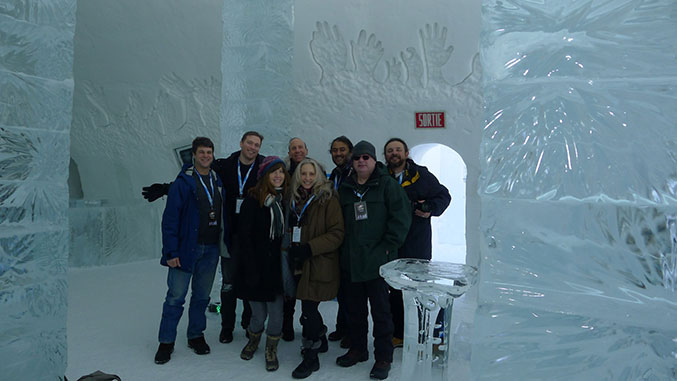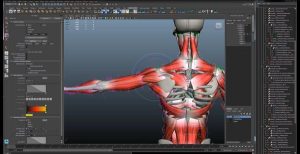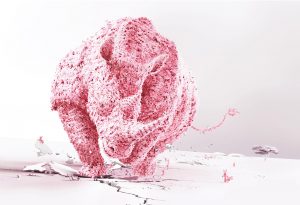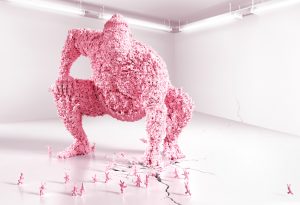This week for my Looking Outwards, I looked at some 3D images of a Human Immunodeficiency Virus created by Alexey Kashpersky. The images were created in 2013 for an international 3D contest run by the CGSociety. These images initially caught my eye because of the rich, vibrant colors and strong composition of the images’ contents. I was further intrigued when I realized that the image was of an HIV virus. The images are both beautiful and terrifying because visually, they are mesmerizing, but in reality, they represent something deadly. Ultimately, this work is a perfect intersection of the arts and sciences and shows how powerful the combination of the two could be.
I was unable to gather the details of the exact process of how these images were made, but they were created using Cg, which is based on the C programming language. Upon doing some further research, I found that Cg allows users to program vertex and pixel shaders.

![[OLD – FALL 2016] 15-104 • COMPUTING for CREATIVE PRACTICE](../../../../wp-content/uploads/2020/08/stop-banner.png)

 There are tons of 3d graphic design artists all around the world. Some of the artists creates surrealistic environment, and some of the artist creates hyper realistic art pieces. I think one of the graphic arts that fascinates me is ‘Saya’, the lifelike Japanese girl character. When I first saw this art piece, I thought it was just a picture of a girl, however once I’ve noticed that it was made by graphic I was shocked.
There are tons of 3d graphic design artists all around the world. Some of the artists creates surrealistic environment, and some of the artist creates hyper realistic art pieces. I think one of the graphic arts that fascinates me is ‘Saya’, the lifelike Japanese girl character. When I first saw this art piece, I thought it was just a picture of a girl, however once I’ve noticed that it was made by graphic I was shocked.
 Saya has her own twitter account, and she updates her status regularly and when she was released, her picture was retwitted over 8000times.
Saya has her own twitter account, and she updates her status regularly and when she was released, her picture was retwitted over 8000times.






